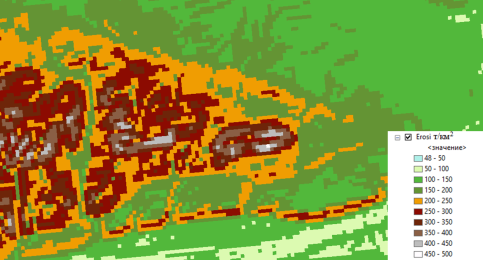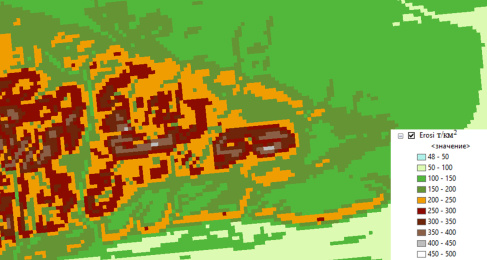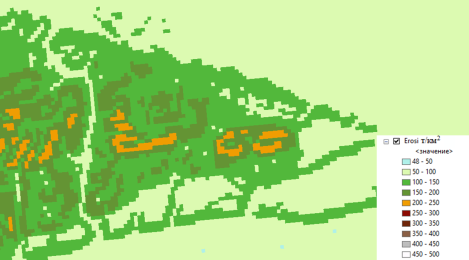Organization of specially protected areas of local importance: Krasnoyarsk territory, Russia
Introduction
Development of networks of SPNAs is an effective tool for protecting the biological diversity and maintaining the diverse ecosystem services of forest ecosystems. To take into account regional peculiarities and maximize the systems effect, the networks should include SPNAs of local importance. For the taiga conditions of Central Siberia, we consider the creation of two types of SPNA. The first SPNA, “Birch Grove,” will be created in urban forests around the city of Krasnoyarsk; it aims to clean the urban-industrial environment and protect forests from natural and anthropogenic pressures. The second that we present here is the SPNA of the northern rivers (Severnaja, Bahta, Fatjanikha, and Sukhaja Tunguska) which has been created far from populated areas and aims to preserve unique northern landscapes and rare and endangered wildlife.
Methods
Based on ground measurements, remote sensing data, and GIS information, we provided a biophysical assessment of major ecosystem services and a functional division of the planned SPNAs. These results were used for an economic assessment, based on methods developed for the forests of central Siberia, through assessment of the cadastral value of forests . The latter study takes into account the productivity of forests (amount and quality of wood), cost of wood, and systems of correction coefficients, which quantify 12 different ecological and social services of landscapes. To present more diverse information for creating the SPNAs, the soil protection service at “Birch Grove” was assessed using a model describing development and attenuation of soil erosion processes. For northern river catchments, the carbon sequestration service was assessed as Net Ecosystem Carbon Budget (NECB) based on the system methodology developed by the IIASA Ecosystems Services and Management Program.
Results and conclusions
Ecological and economic assessment of planned SPNAs presented evidence of the relevance of SPNA creation. For instance, the value of ecosystem services of urban forests “Birch Grove” was 75,000 rubles per hectare, which is about eight times greater than the value of the wood. The introduction of the relevant regime of forest management at this SPNA would allow erosion processes to be stopped within 10-15 years (Figure 1), to great economic gain.
Assessment of the NECB showed that northern territories on permafrost mostly serve as a net carbon sink of around 11 to 50 g C m-2yr-1. However, the most northerly forest catchment of the River Severnaya serves as a carbon source to the atmosphere. This can be explained by intensification of the permafrost processes due to climate change: increase in the active layer and decomposition of organic matter. The results obtained will be used for the practical creation of the SPNA in Krasnoyarsk kray.
Supervisors
Anatoly Shvidenko and Dmity Shchepashchenko, Ecosystem Services and Management Program, IIASA
Note
Natalia Borisevich, of the Institute of Forest, Siberian Branch of Russian Academy of Science, Russia, is a citizen of Russia. She was funded by the Petr Aven Fellowship and worked in the Ecosystem Services and Management Program during the YSSP.
Please note these Proceedings have received limited or no review from supervisors and IIASA program directors, and the views and results expressed therein do not necessarily represent IIASA, its National Member Organizations, or other organizations supporting the work.
Further information







